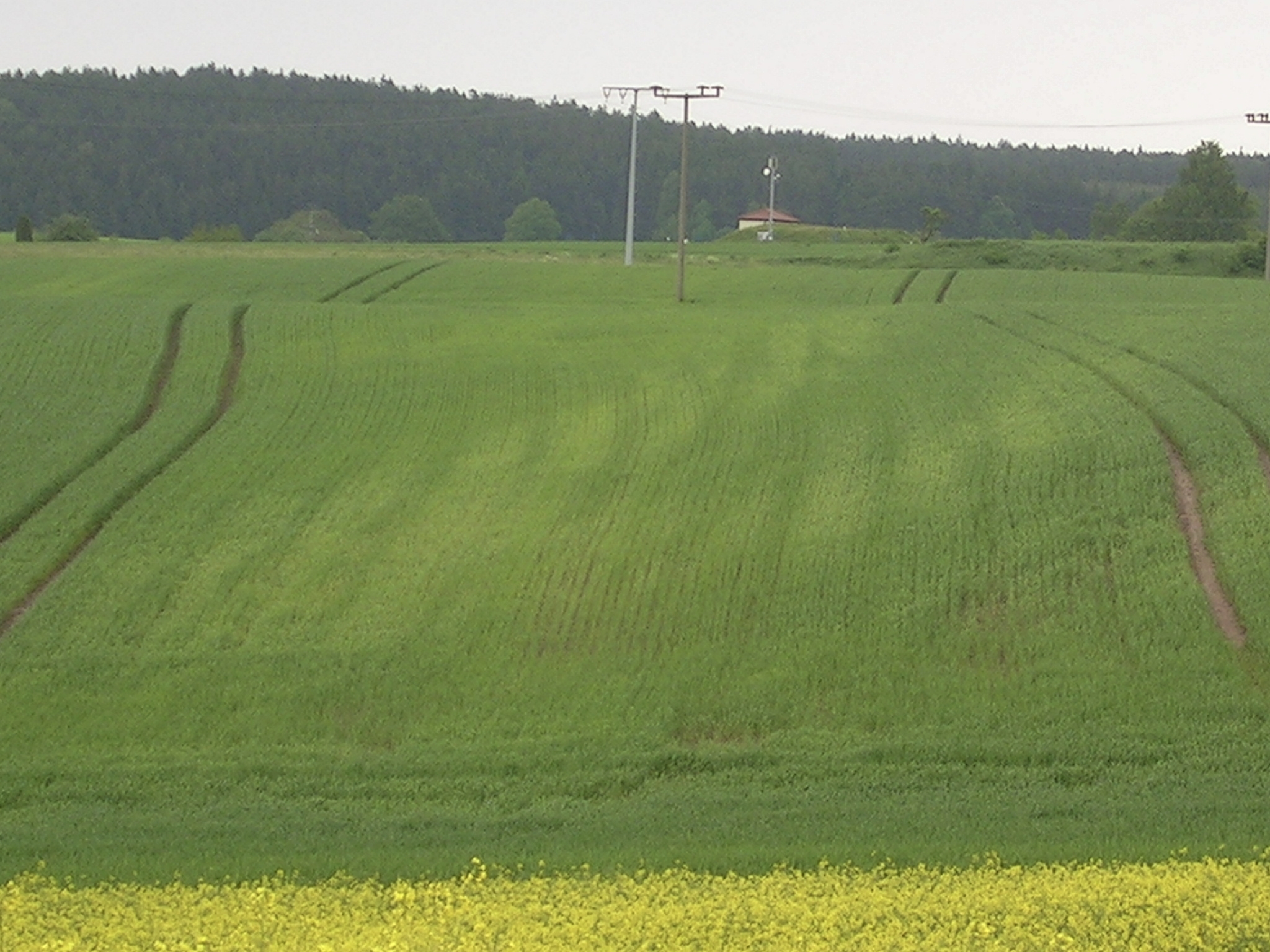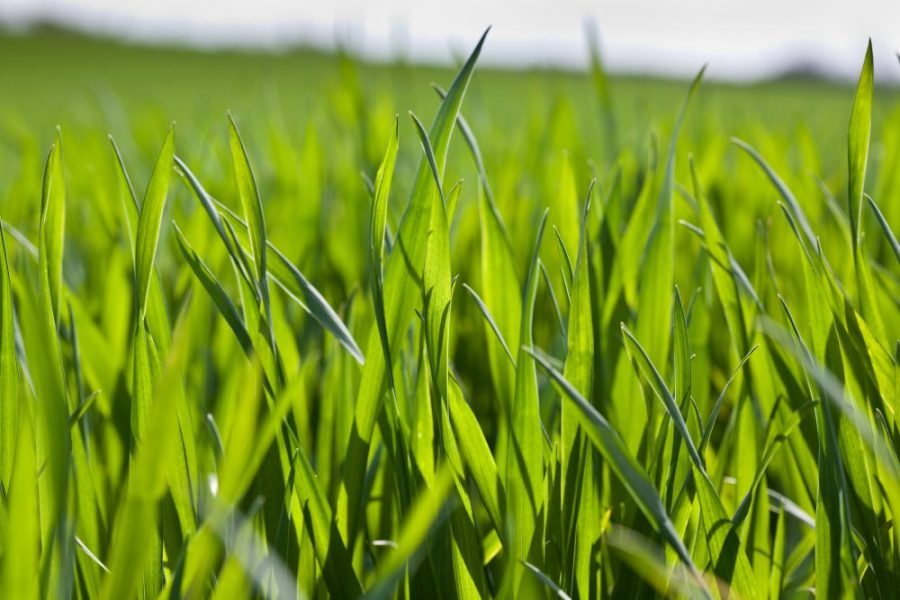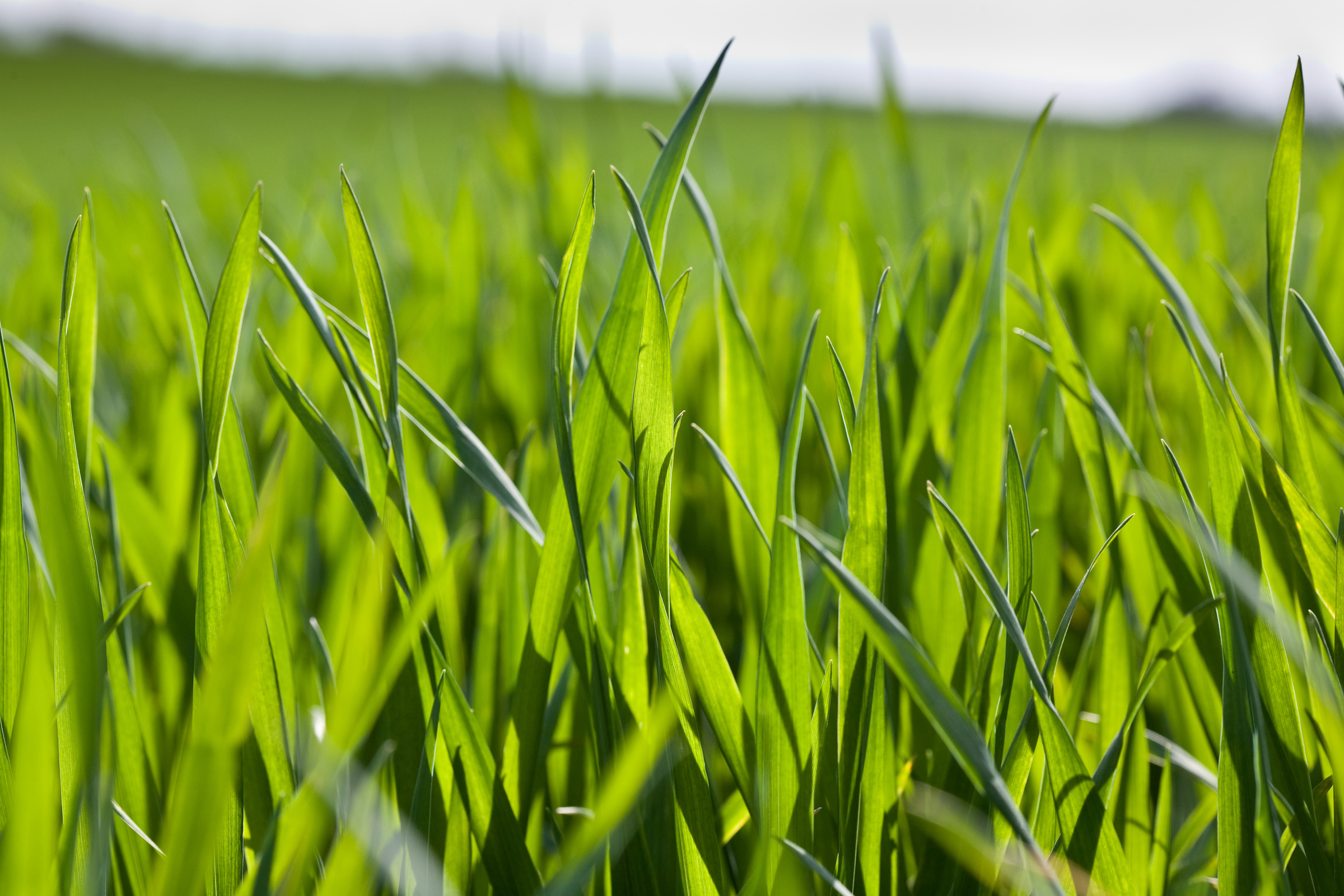Getting foliar nutrition right means a healthier crop and can give yields a welcome boost. CPM seeks some advice on how to get the best results.
Formulation and quality of the product could be more important than quantity of nutrient.
By Rob Jones
Deficiency symptoms are often the triggers for foliar applications to redress the balance of some of the key elements necessary for plant growth, but this approach could be too late to salvage lost yield potential, believes Chris Martin, agronomist and technical manager for Agrovista (North and Scotland).
The ‘hidden hunger’ which precedes and underlies any symptomatic evidence of deficiency, is not always identified and, without regular analysis and monitoring, can often go untreated. Chris is adamant that for many of his growers on more fertile and high organic matter soils, photosynthetic ability can be dramatically reduced where unseen manganese deficiency affects the crops ability to establish and compete during the autumn and over winter.
“Where our leaf tissue analysis suggests deficiency levels of manganese, a manganese product should be applied prophylactically,” he advises. “Once the symptoms have become apparent, it’s often too late and the damage is done. Drip feeding small amounts of product into the crop between GS21-30 can be hugely beneficial and allows the plant to maintain vitality during the rapid growth phases.”
Chris explains the high organic matter soils, found on many of his farms, can naturally lock-up several different elements, especially manganese. So rather than being prescriptive, treatments are planned to ensure growth continuity and stability, with up to three applications throughout the autumn.
“As far as manganese is concerned, we generally use an FMC 15% liquid sulphate formulation for routine and frequent applications, which will suffice as a maintenance dressing and keep deficiency symptoms at bay. This is the backbone of the programme and is applied routinely with autumn herbicides and insecticides, right up to T0.”
For more severe deficiency, he recommends a higher concentration of manganese – between 300-500g/l and sometimes as a nitrate formulation for rapid uptake and activity.
“This holistic approach to crop nutrient agronomy works well for us,” he continues. “We’ve found regular soil and leaf tissue analyses and a prophylactic approach to treatment can make the difference between an average yield and a good one. In extreme cases areas of total crop loss, both in winter cereals and oilseed rape, may occur where deficiency is severe.”
Another potential nutrient deficiency Chris highlights is magnesium. Often overlooked where soil indices are relatively high (Mg 5-6), it doesn’t necessarily mean the magnesium is available in a form the crop can readily utilise.

Once manganese deficiency symptoms are visible, yield potential has already been lost.“We’ve found the regular use of a compound product, such as FMC’s Multiple Pro at 1.0l/ha, delivers the required manganese at 300g/l, but also contains magnesium at 75g/l. This ensures a ready supply of both elements to keep plants levels where they need to be, with the added bonus of 100g/l copper and 60g/l zinc,” he says.
“This really gives us a highly efficient and cost-effective treatment that will not only ensure a healthy plant over the winter, but a stable and competitive growth platform going forward in the spring. Our growers have seen the benefits of this approach, noticing improved plant health and increased yield.”
It’s an area Agrii is also investigating, particularly the effect of manganese formulation on crop health and yield. The company’s been looking at the efficacy of a premium formulated Mn product that includes humic acid, after seeing compelling evidence from glasshouse trials conducted by Danish plant scientists at Copenhagen University, explains Jim Carswell.
“The results indicated that formulation and quality of the product could be more important than quantity of nutrient applied per se,” says Jim. “Our own experimental work in the glasshouse has reinforced these findings.
“The humic treatments performed well against other formulated products and 12 days after application to cereals at GS12, improved distribution within the leaf was evident. The humic formulations also showed more persistency, indicated by higher Mn levels in older leaves 25 days after treatment.”
He argues that using humic formulations, as opposed to other types of Mn products, can also potentially reap rewards because of its synergy with plant protection products (PPPs). When applied together in tank-mixes, the humic acid helps facilitate the uptake and movement of PPPs by plants.
Field trials have shown that humic Mn formulations appear to improve the performance of PGRs and fungicides, possibly through a ‘sledging effect’. When mixed with humic Mn formulations, it resulted in higher grain yields compared with where fungicides and PGRs had been used alone. Trials work to investigate this further is planned, he says.
“What this means, is there’s potential to improve crop health by using humic formulations giving faster uptake of Mn. For example, where sprays are delayed by weather in autumn. Continuing those applications beyond T0 in spring could also possibly provide yield benefits through improved disease control and enhanced protection against lodging,” he says. “Of course, soil and plant tissue testing should be used to identify where Mn should be applied.
“For growers who are delaying drilling due to blackgrass issues or who are suffering from lack of application opportunities due to weather, humic formulations appear quick-acting, providing them with a potentially superior level of insurance for that vulnerable autumn period. Likewise, where weather conditions in the spring can reduce spraying opportunities, humic formulations will possibly aid optimisation of Mn management in crops.”
It’s not just winter cereals that can benefit from humic Mn formulations; OSR, root crops and legumes all have recommendations on the label for both autumn and spring usage.
“For many growers the humic formulations can potentially give them an edge,” says Jim. “This can be a very cost-effective way of maintaining a viable and vigorous crop, even under the most testing of conditions where the more basic formulations might struggle to deliver nutrient in such a timely manner.”





